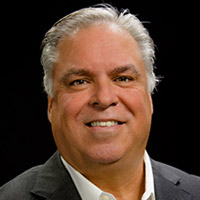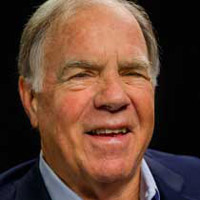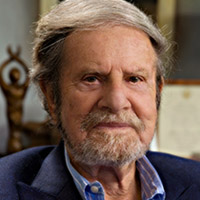Finding Value Investments in Private Equity

Finding Value Investments in Private Equity
Private investors and venture capitalists are always looking for the next great company, idea or product to put their money into, in order to reap great financial rewards down the road. However, how do private investors know where to find the true value investments that exist?
Experienced Investor
Jonathan Coslet is the Chief Investment Officer at Texas Pacific Group, also known as TPG capital, and he has been with the firm since its inception in 1993. He also serves on TPG’s Executive Committee. Before joining TPG, Jonathan started his career at Drexel Burnham Lambert and later moved to Donaldson, Lufkin & Jenrette. His formal education includes earning a BS in economics and finance from the Wharton School of the University of Pennsylvania where he was Valedictorian and later he received his MBA from Harvard Business School, where he was a Baker Scholar. Jonathan currently serves on the Board of the Stanford Institute for Economic Policy Research, the Stanford Children’s Hospital and the Stanford Medical Advisory Council. Jonathan and I discussed TPG’s state of private equity, as the company currently has almost $80 billion under its management. So I asked Jonathan how he finds the value investments?
Working on the Fringe
“At the end of the day, we have to be what I call fringe capital. Private equity as a whole is maybe 5 percent of the entire equity market capital ecosystem. The public markets are very efficient. They are getting more and more efficient every day and therefore the return on that capital is going to be tighter. We have to play around the fringes. We have to see things that others don’t see and we have to be willing to do things that others won’t do.” Jonathan said his firm has to do two things around the fringes. He said they have to have a different or uncommon point of view as an investor, which means they have to specialize, which includes both industry specialization and geographical specialization.
A Change for the Better
The other thing they need to do, according to Jonathan is to change or improve companies once they own them. “We have to do the hard work, like we did at Continental Airlines, like we did at Burger King, like we did with so many other companies along the way. That often means changing management. It often means employing new operational and strategic approaches to companies that for whatever reason aren’t being managed in a way that is aligned with the shareholders’ way.” Jonathan then explained that when you have a different point of view as an investor and you can change companies, you can outperform. “It’s hard. It takes a lot of work and it takes a lot of capabilities that you develop over time, but that’s what we do.”
Be Honest With Yourself
Jonathan concluded by saying that you have to be very selective. If you realize that you don’t see it in a very different way from everyone else or you don’t think you can really change it then maybe it’s not worth the investment because you can’t add a lot of value to it, as opposed to the ones where you do have a different point of view and where you do have a different strategic approach to operational improvement.
Contact Us here
Demand Acceleration | Rajiv Parikh
About Rajiv Parikh Rajiv Parikh is the CEO of Position, an integrated digital marketing firm that drives brand visibility and new customer acquisition for technology-driven brands. Position² has operations in the US and Asia with clients from around the world. Their 200 person team combines advertising, marketing, product & technology expertise. The company is…
Building Communities and Balance In Life | John Dutra
About John Dutra John J. Dutra was appointed Chief Executive Officer in 2007. As CEO, he is committed to building on the company’s unrivaled reputation of partnering with local entities, political leaders, property owners and builders. John strongly believes in providing quality, personal integrity and a high level of service in all endeavors. From…
The Man Who Built Dreyer’s Grand Ice Cream | Gary Rogers
”You only get one trip around this track of life. There are no mulligans… let’s make it as good as it can be” – T. Gary Rogers About Gary Rogers T. Gary Rogers is the former Chairman of Safeway Inc., which he was instrumental in selling to Albertson’s in early 2015 for $10.4 billion. Previously…
The Art of Philanthropy | Tad Taube
Episode Transcript of: The Art of Philanthropy | Tad Taube Alan Welcome back and visiting here today with Tad Taube. And welcome to today’s show. Tad Thank you. Alan So, Tad you’ve done a lot throughout your life. But I want to focus a little bit on, on today more that philanthropic causes that…




